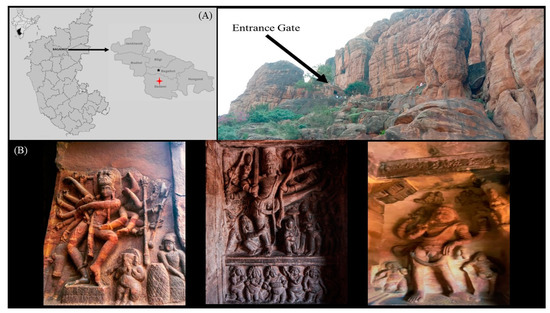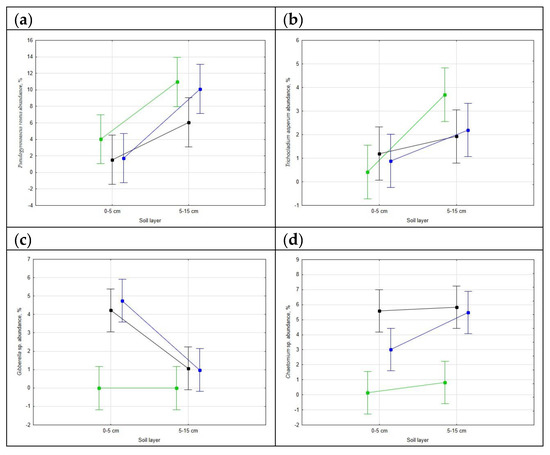Biodiversity and Ecology of Fungi in Terrestrial and Marine Ecosystems
A topical collection in Life (ISSN 2075-1729). This collection belongs to the section "Diversity and Ecology".
Viewed by 3267Editors
Interests: mycology (biodiversity, taxonomy, molecular phylogeny; ecology of fungal communities, and fungal biogeography); environmental microbiology (fungal and bacterial communities); nature conservation (conservation of fungi and their habitats)
Special Issues, Collections and Topics in MDPI journals
Interests: taxonomy, phylogeny; ecology of fungi
Special Issues, Collections and Topics in MDPI journals
Topical Collection Information
Dear Colleagues,
Even the knowledge on fungi is rapidly evolving in the recent times, the real magnitude of its biodiversity is still unknown and the level of exploration globally very low. Today we still know less than 10% of total fungal diversity. Fungi are one of the most important organisms in the world and the sustainability of both terrestrial and marine ecosystems is strongly dependent on them. Great majority of plants is forming mutualistic relationships with fungi, while saprotrophic fungi play one of key roles in nutrients cycling. More and more useful bioactive compounds are discovered in various fungal species and their use is being tested in medicine, agriculture, food production, and other various aspects of biotechnology. Biodiversity is being revealed today much faster due to the modern molecular methods, like metabarcoding, which brings us to the point where we can start understanding the real role of fungi and their life cycles in the natural environments. But, to put all this information into a context, we still lack basic taxonomic knowledge on most of the fungal groups. Therefore, basic mycological research should be still strongly encouraged in the 21st century. This collection will focus on all these aspects, accepting both the original scientific articles and reviews with the topics on taxonomy, biodiversity, ecology, phylogeny and evolutionary biology of fungi, as well as various fields of applied mycology.
Dr. Armin Mešić
Dr. Ivana Kušan
Collection Editors
Manuscript Submission Information
Manuscripts should be submitted online at www.mdpi.com by registering and logging in to this website. Once you are registered, click here to go to the submission form. Manuscripts can be submitted until the deadline. All submissions that pass pre-check are peer-reviewed. Accepted papers will be published continuously in the journal (as soon as accepted) and will be listed together on the collection website. Research articles, review articles as well as short communications are invited. For planned papers, a title and short abstract (about 100 words) can be sent to the Editorial Office for announcement on this website.
Submitted manuscripts should not have been published previously, nor be under consideration for publication elsewhere (except conference proceedings papers). All manuscripts are thoroughly refereed through a single-blind peer-review process. A guide for authors and other relevant information for submission of manuscripts is available on the Instructions for Authors page. Life is an international peer-reviewed open access monthly journal published by MDPI.
Please visit the Instructions for Authors page before submitting a manuscript. The Article Processing Charge (APC) for publication in this open access journal is 2600 CHF (Swiss Francs). Submitted papers should be well formatted and use good English. Authors may use MDPI's English editing service prior to publication or during author revisions.
Related Special Issue
2023
Jump to: 2022
2022
Jump to: 2023
Planned Papers
The below list represents only planned manuscripts. Some of these manuscripts have not been received by the Editorial Office yet. Papers submitted to MDPI journals are subject to peer-review.
Title: Terrestrial and Marine fungal research: present status and future prospects
Authors: Samantha C. Karunarathna, Saowaluck Tibpromma, Mahesh Galappaththi
Affiliation: Center for Yunnan Plateau Biological Resources Protection and Utilization | College of Biological Resource and Food Engineering | Qujing Normal University | Qujing,Yunnan 655011 | P.R. China









